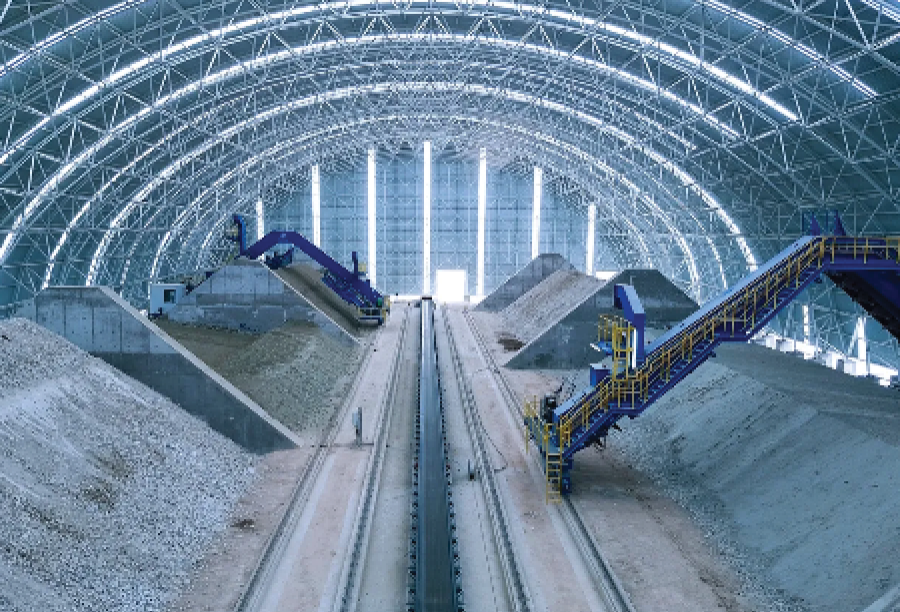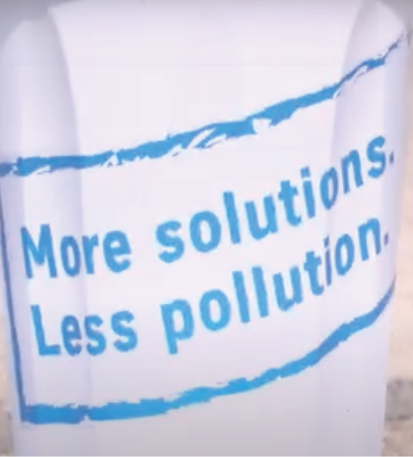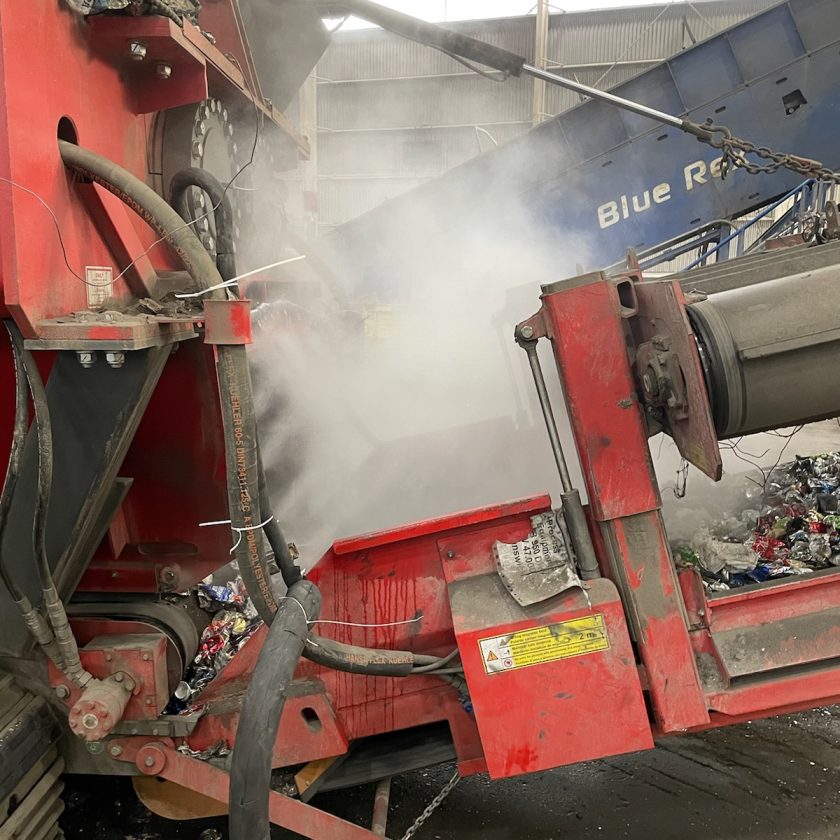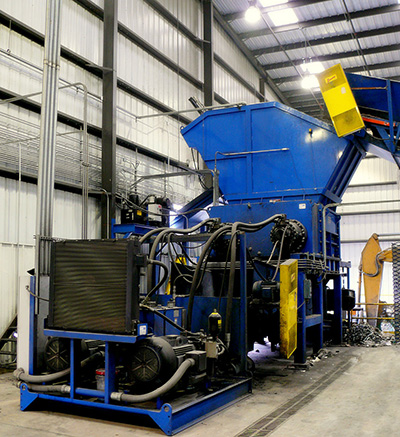
It’s no secret that the cement industry is a large CO2 emitter. Nevertheless, it is impossible to imagine our everyday lives without cement. A switch to more sustainable processes is essential to protect the climate and remain competitive. One solution, from the experts at thyssenkrupp Polysius, is called Oxyfuel.
Understanding Oxyfuel
Large quantities of carbon dioxide (CO2) are released during cement production. “Only one-third of these CO2 emissions result from the combustion of fossil fuels such as coal or petroleum coke,” explained Jost Lemke, process engineer at thyssenkrupp Polysius. “While the largest part is released by the decomposition of limestone – calcination.”
Limestone is the most important raw material for cement production and, depending on quality, consists of around 35% to 44% CO2. But without limestone, no cement. That’s why Lemke and his colleagues at thyssenkrupp Polysius came up with the Oxyfuel technology.
“Instead of burning the limestone in ambient air as in the conventional clinker burning process, pure oxygen is added in the Polysius pure Oxyfuel process,” explained Lemke. This eliminates the need for atmospheric nitrogen and produces highly concentrated, pure CO2 in the flue gas. “Due to the high concentration, we can separate and capture almost 100% of the climate-damaging carbon dioxide instead of allowing it to escape unhindered into the atmosphere,” he said.
Catch4climate and CI4C
An efficient solution could make the cement industry more sustainable. This has also attracted the interest of the research company Cement Innovation for Climate (CI4C) made up of four cement manufacturers: Buzzi Unicem SpA – Dyckerhoff GmbH, HeidelbergCement AG, SCHWENK Zement GmbH & Co. KG and Vicat S.A.
As part of its catch4climate project, the research company has commissioned thyssenkrupp Polysius to build a polysius pure oxyfuel kiln system.
A basic building block for cement is clinker. One disadvantage is that clinker production generates a comparatively large amount of CO2.
For Frank Ruoss, CSO of thyssenkrupp Polysius, the cooperation with CI4C has two major advantages: “On the one hand, a pioneering new process technology is being introduced or implemented here in the field of cement production that could have a disruptive character for the cement industry. Secondly, in this project we have successfully pursued an unusual partnership approach between thyssenkrupp Polysius and a customer consortium comprising no less than four major customers,” he said.
The Road to a Greener Industry is Long
But the cement experts are still a long way from reaching their goal. Currently, numerous technical concepts are being tried out, which will first have to establish themselves on the market in the coming years.
“In addition to the technical challenges, I see an extremely high investment and financing requirement on the part of our customers,” Ruoss stated. “Here, the next steps must be taken in very close coordination and partnership with our customers.”
In addition, most projects will have to be accompanied and supported politically and in terms of approval law. “These are framework conditions that go beyond the normal polysius range of experience,” said Ruoss.

Challenges of the Green Transformation
The cement industry is dependent on many factors. Global changes – whether in the economy or politics – affect the cement industry in almost all areas of the process chain, starting with raw materials and continuing through finished cement and concrete to recycling. “Raw materials, energy demand and CO2 emissions are three topics in which important further developments must now be made at the same time. Our polysius solutions offer improvements for many of these areas,” explained Lemke.
Intelligent production planning, together with optimized plants, can increase the consumption of renewable energies. This would reduce the need for electricity from coal and natural gas.
“The polysius booster mill gets the maximum output out of the cement clinker, and polysius activated clay can further reduce CO2 emissions in cement production,” Lemke said. “Added to this, of course, is the separation of CO2 by the polysius pure oxyfuel process. This makes it possible to avoid a very large proportion of CO2 emissions.”
Outlook: The Future of Sustainable Cement Production
A major step is the introduction of CO2 separation in the cement industry. Experts agree that this will play a significant role in shaping the cement industry of tomorrow over the next few years. In this context, it is also necessary to consistently develop the overall concept in parallel with the testing of the processes, taking into account other trends, such as the increased use of renewable energies. With CO2 separation, thyssenkrupp Polysius lays an important foundation stone for optimum concrete recycling as it is one of the next big issues for the cement industry.
thyssenkrupp Industrial Solutions
At thyssenkrupp Industrial Solutions, “we are a strong partner for our customers and offer everything from the construction to the delivery of our green polysius solutions for your cement plants from a single source,” the company stated. “We accompany our customers every step of the way of the cement plant implementation. By joining our vision of green polysius cement plants your cement plants not only emit fewer emissions, they also consume less energy and save resources, which provides your cement production with an economic advantage. With our polysius solutions you also take a step towards the digitalization of the cement industry. Because not only do we use more eco-friendly components in binders, we also put digital technologies and Big Data to use to increase the efficiency of our green cement plants.”



